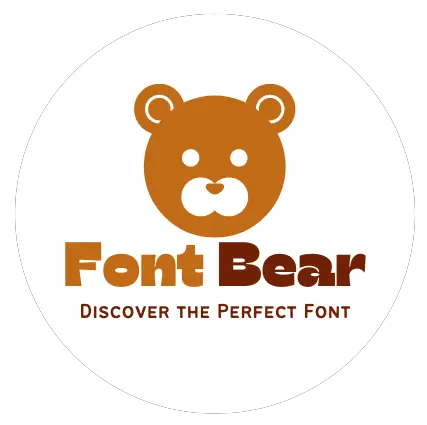Manic Font
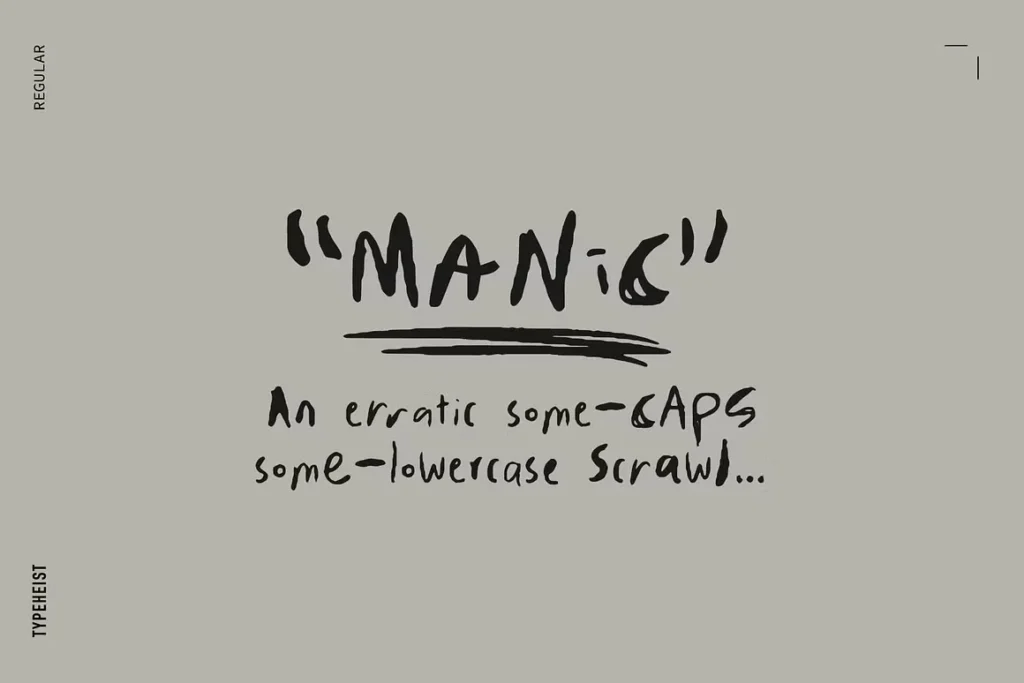
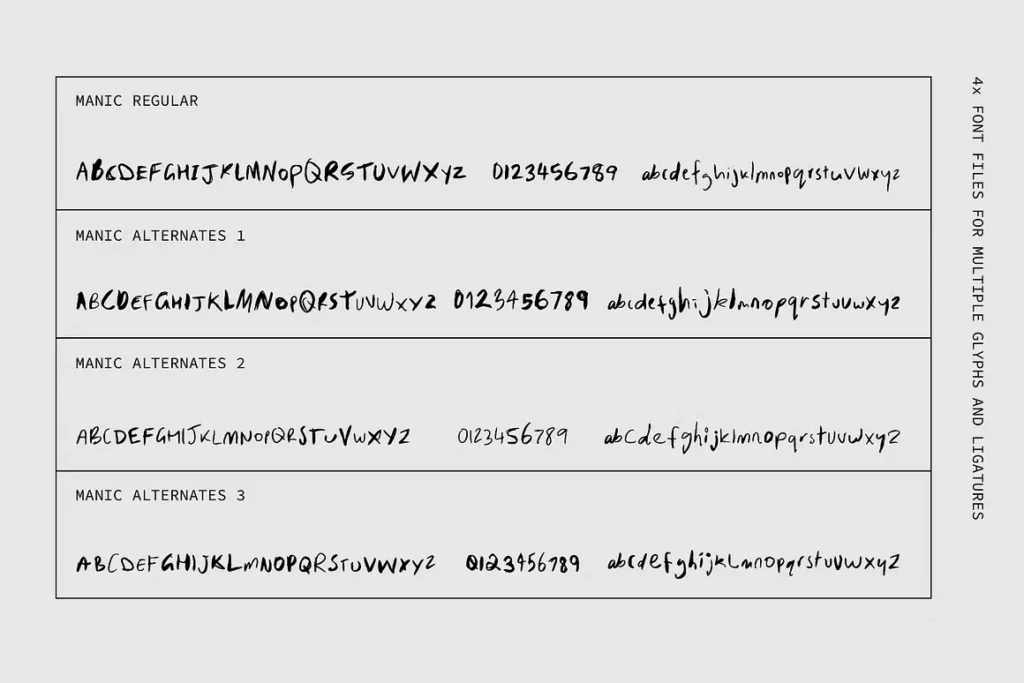
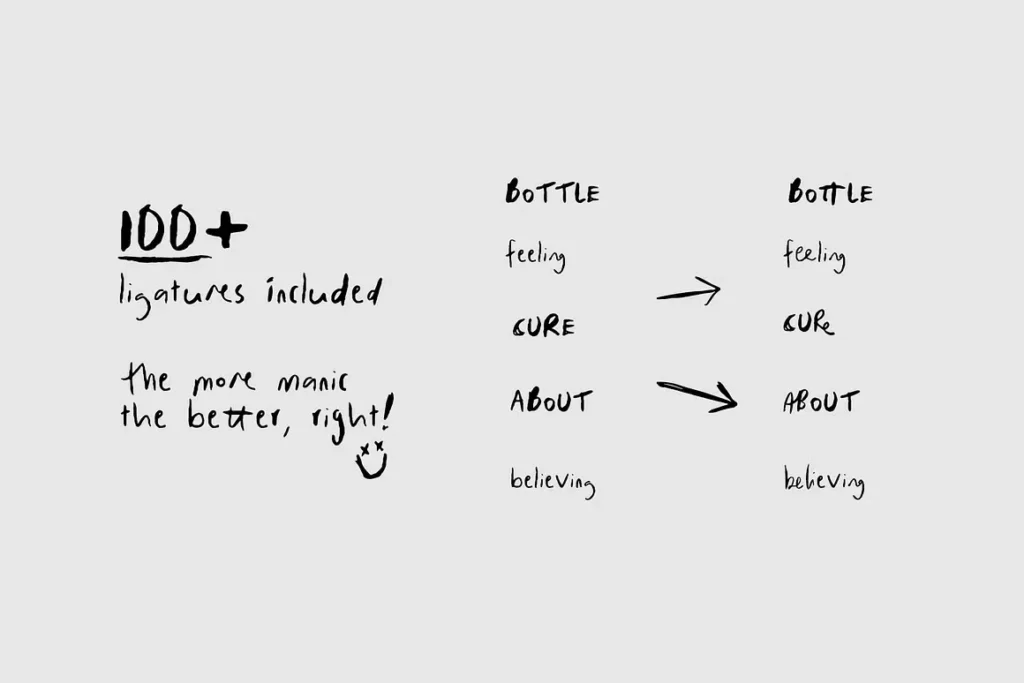
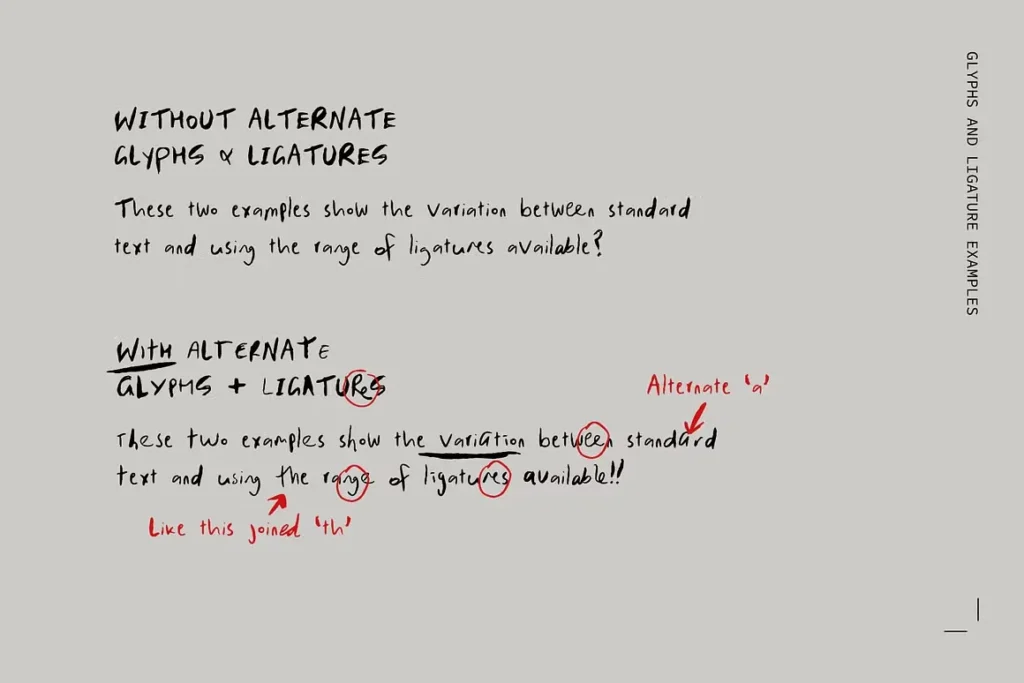
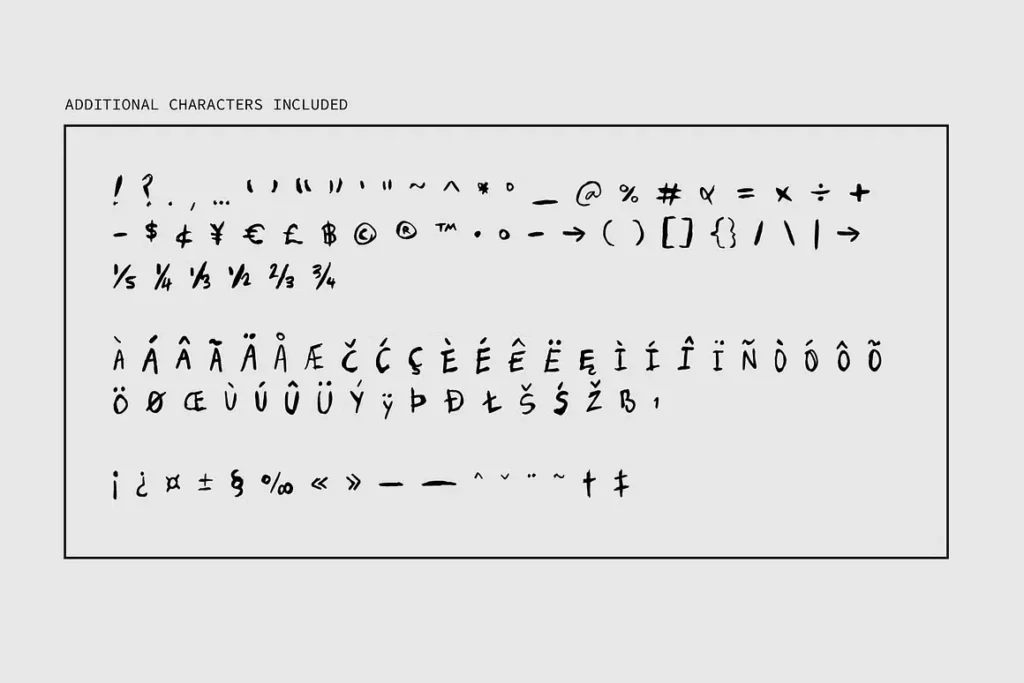
About Manic Font
I’m a typographer and graphic designer who loves fonts that feel raw, honest, and totally human. I recently came across Manic Font while working on a branding project that needed something unhinged but beautiful. Something that looks like it was scratched into a page with a pencil mid-meltdown but still legible enough for logos and headers. That’s exactly what this typeface gave me.
I found Manic on a font foundry site while browsing for handwritten fonts that don’t feel overly polished or staged. It immediately stood out. I’ve now used it across packaging, logo design, and a messy campaign for a music client that wanted their visual identity to feel “bipolar but bold.” If you’re into chaotic design that still follows rules, this one delivers.
What Is Manic Font?
Manic Font is a wild, hand-drawn handwriting font with an erratic, scrawled look. It captures real, messy handwriting. Some letters are uppercase, some lowercase, with all the quirks you’d get from someone scribbling fast with a pen. It’s part depressive, part expressive, and very much alive.
The font was designed by TYPEHEIST, an independent type foundry known for offbeat, realistic handwritten fonts. You’ll find a total of four variations for each A-Z letter and number, spread across different font styles. Every time you use it, it feels a little different. That randomness gives your work a human edge most fonts can’t fake.
TYPEHEIST created this font for projects that need that raw, emotional energy. Whether you’re designing album art, protest posters, or branding for something with grit. The foundry specializes in fonts that break the mold. And this one? It’s the loudest of the bunch.
What Makes Manic Font Unique?
Manic Font is more than just a messy handwriting style. It’s a tool for building truly unique designs. It has 100+ ligatures, meaning double-letter combinations for both uppercase and lowercase characters don’t just repeat. They switch things up. The result is that your words look hand-written, not typeset.
It comes in multiple OpenType font styles, including MANIC Regular and three Alternate versions, giving you that always manic feel without copying the same strokes. Each version has a slightly different scrawl. The randomness keeps it fresh.
You’ll also get a set of MANIC Sketches, SVG/PNG embellishments, and full OTF, WOFF, and WOFF2 file formats. Every detail matters, even down to the non-English accented characters. The font works in Adobe, Illustrator, Photoshop, or any desktop software that supports OpenType features.
You can use it for web too. Just embed the font files and you’re set. Whether it’s a poster, a digital image, or a PDF design, Manic’s going to leave a mark. It’s edgy without being unreadable, emotional without being too abstract.
Where Can You Use This Font?
Manic Font fits best where emotion, chaos, or raw energy are part of the message. Think graphic design projects for mental health campaigns, rebellious brands, or music events. It’s a go-to when clean lines and geometric fonts feel too quiet.
I’ve used it in logo design, header text, and image captions. It’s also great for merch, especially if you want that handwritten note or distressed band shirt vibe. You can pair it with a clean sans-serif to balance the mess with structure.
In typography, contrast is key. And Manic brings the kind of messy and realistic edge that turns heads. For web design, it works best in hero sections, embedded in graphics or animated type. Just export as PNG or SVG if you’re not using web-safe fonts.
Print? No problem. Manic looks killer in zines, flyers, and editorial spreads. It gives the paper a personality. And because you get so many glyphs and alternates, your text never feels copied and pasted.
If your project needs a little chaos or a lot, this font brings it.
Font License
Manic Font is a commercial typeface. You’ll need to buy the license from TYPEHEIST to use it in your designs. Once purchased, you can install the font on your desktop, embed it in web files, and use it in Adobe, Illustrator, or any design software that supports OTF or WOFF formats.
